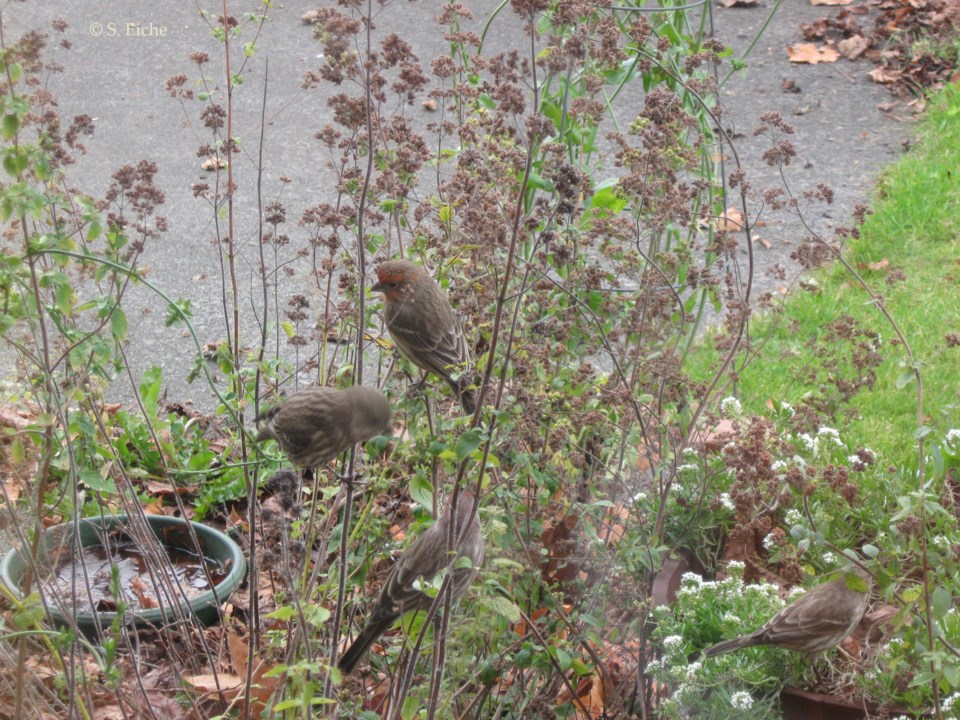One of the positive consequences of the pandemic is the surge of interest in nature. At the beginning of the health emergency, we were requested to restrict our excursions to what was essential, giving many of us the opportunity to start looking more closely at what was happening in our immediate surroundings. Those of us who lived in a house and had a garden were fortunate because we had nature right outside our door and could experience it first hand.
Even if we didn’t notice them before, birds will likely have visited or at least flown over, our garden as a matter of course. If our garden is well stocked with native plants and a few mature trees, the birds will probably have tarried a while to check out the bird-friendly environment.
The effect of this unprecedented attention to nature, and especially to birds, was also felt in the marketplace. Stores that sell food and supplies for birds couldn’t have been more gleeful at the sudden increase in business. There were times when stores couldn’t replenish their shelves fast enough.
Recently, Dr Alexander Lees, a senior lecturer in conservation biology at Manchester Metropolitan University, published an opinion piece in The Guardian. Although his analysis focuses on the situation in the UK, many of his observations are relevant for us as well.
Dr. Lees points out that some bird species, identified as the dominant species, have come to rely habitually on food provided by humans. Their numbers have grown substantially and they’re monopolizing resources needed also by other species, whose populations are in decline as a result. A further problem with bird feeding is presented by the quantity of birds converging at the feeders, which can lead to conditions that allow for the rapid spread of diseases. This happened here in B.C. in February and March, when we witnessed an irruption of pine siskins and the sudden outbreak of salmonella.
So what can we do? It’s a dilemma (from the Greek ‘di’, twice, and ‘lemma’, premise), a difficult situation, with a solution that won’t be popular with all. While businesses such as Wild Birds Unlimited won’t like to hear it, the safest thing we can do for our birds is limit the handouts, restricting them to the periods in the year when harsh weather conditions prevail. We should be making an effort to establish a natural habitat in our garden that will provide the nourishment birds need.
How to achieve this? By planting native species that offer the food nature intended for birds. By refraining from tidying up the garden after the plants complete their seasonal cycle, to allow them to go to seed, seeds the birds will eat and disperse. By leaving the dead plants standing – they’re inviting to insects as well as birds. By leaving the fallen leaves where they fall – insects hide beneath the leaves, and the birds know that abundant meals are to be found there.
Birds use their instinct – let’s do the same!
Sabine Eiche is a local writer and art historian with a PhD from Princeton University. She is passionately involved in preserving the environment and protecting nature. Her columns deal with a broad range of topics and often include the history (etymology) of words in order to shed extra light on the subject.



